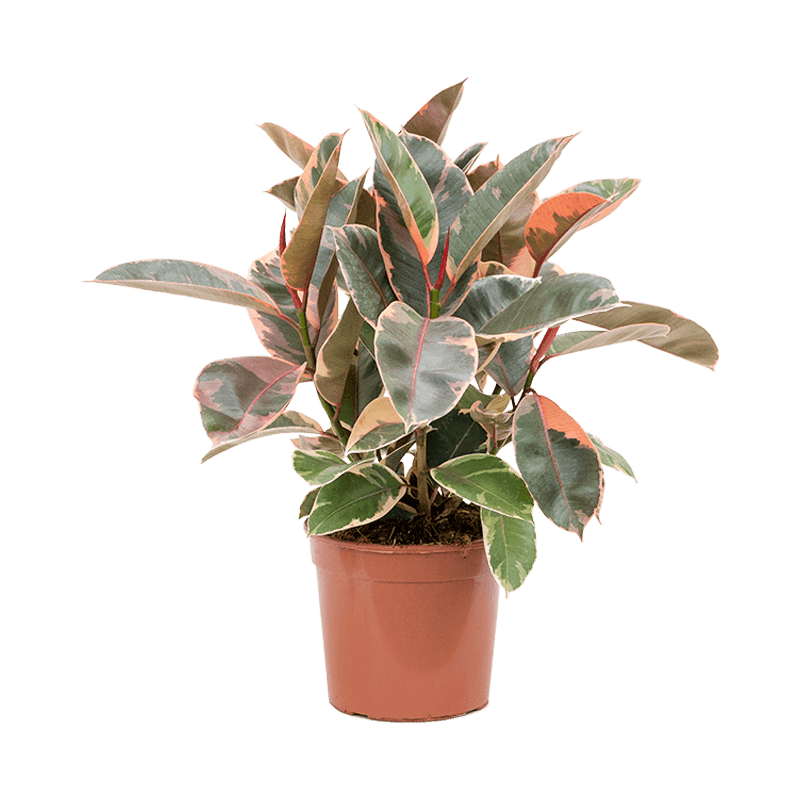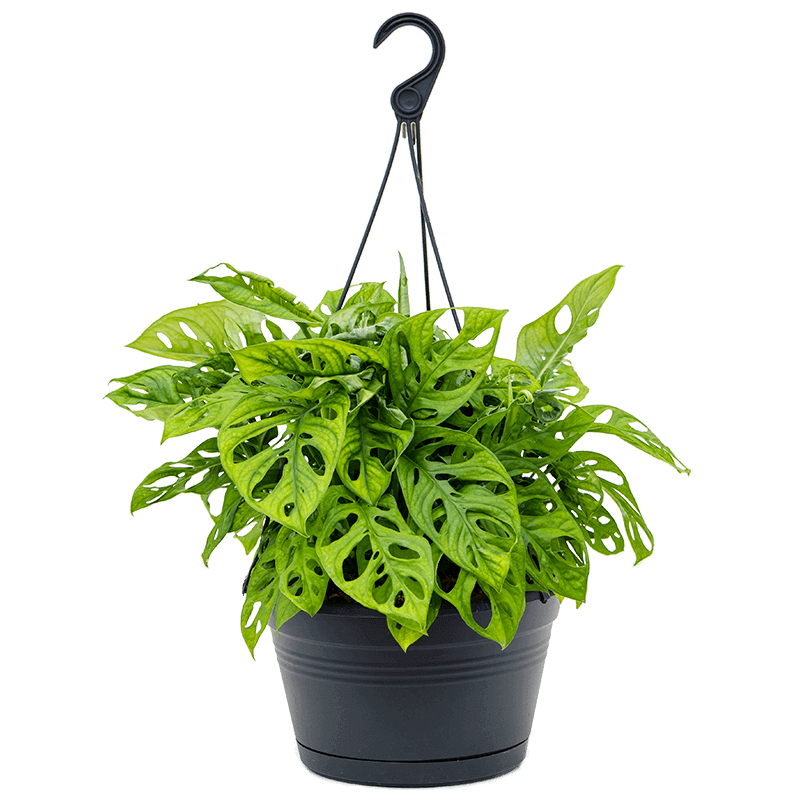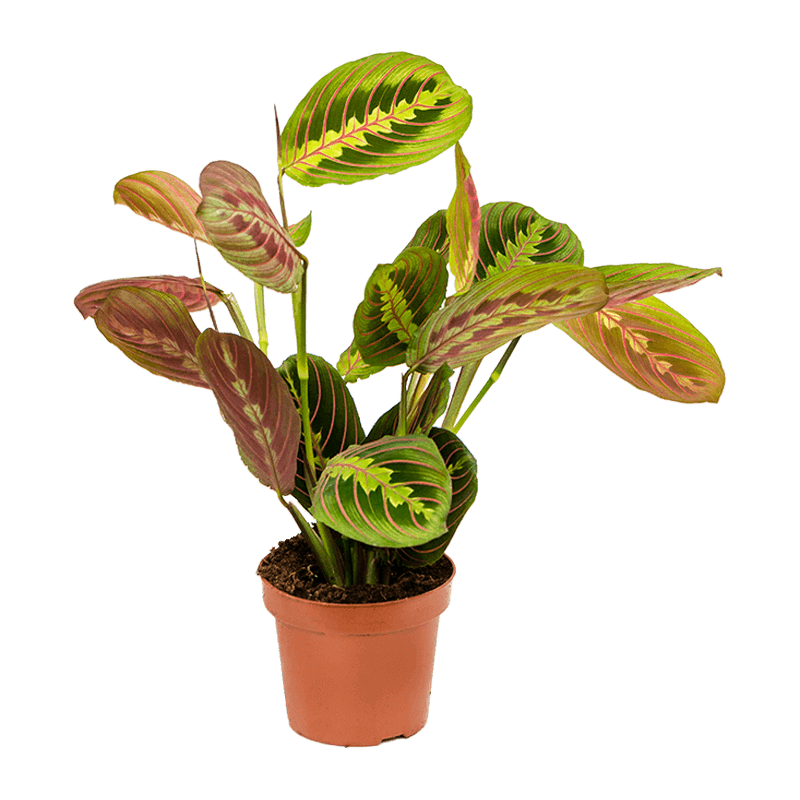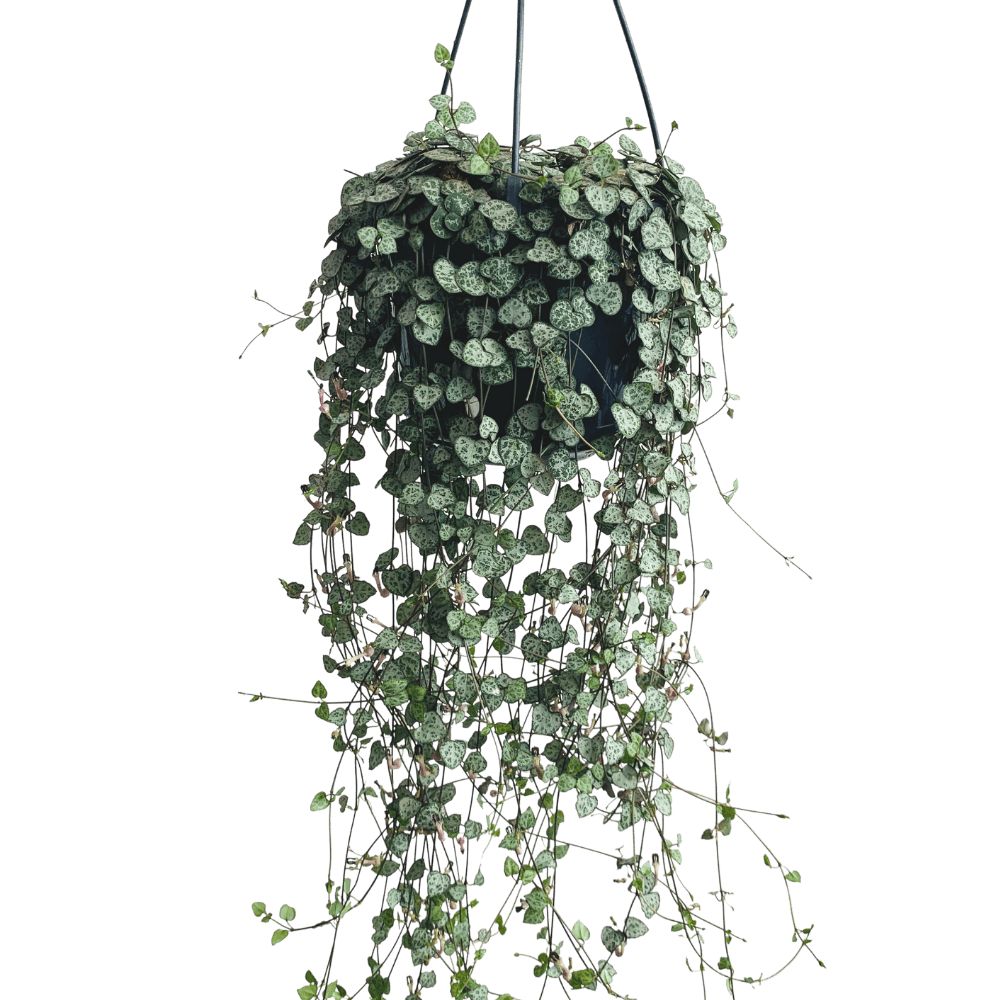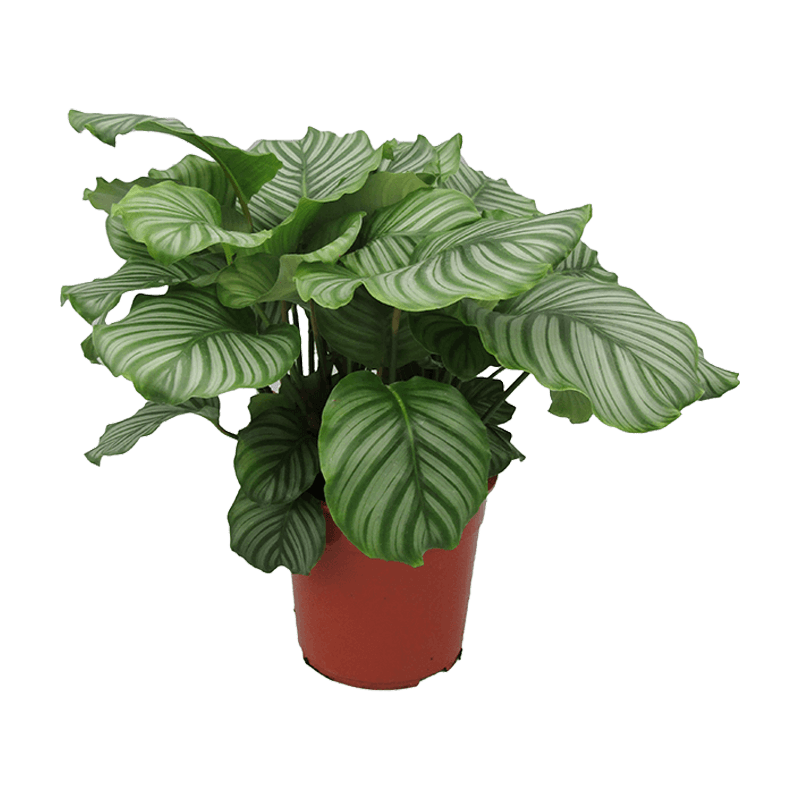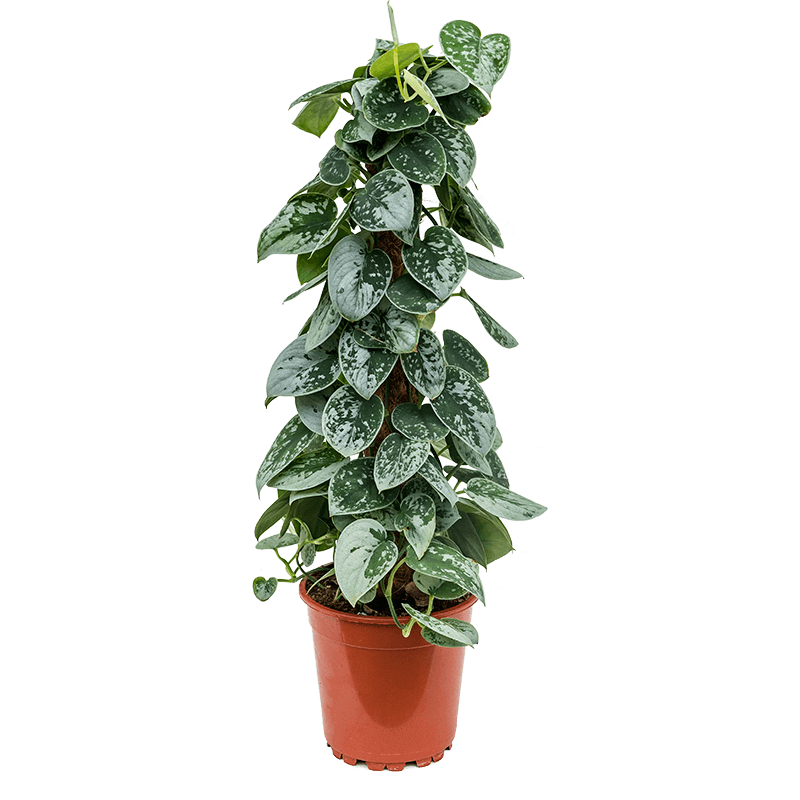how to care for chamaedorea
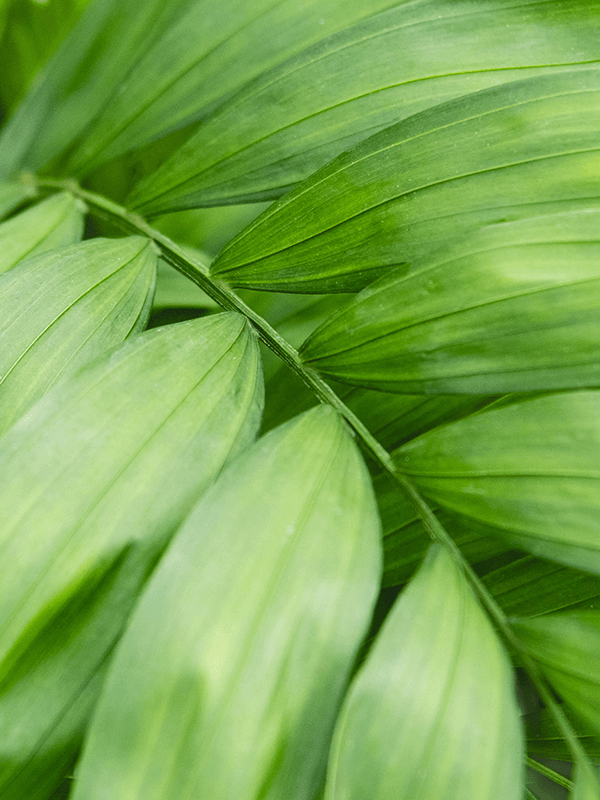
quick care guide chamaedorea elegans
 |
Once every 2 weeks in summer; once every 3 weeks in winter |
 |
Does best with bright, indirect sun but can also tolerate partial shade |
 |
Fertilize once a month in the summer |
 |
Pet friendly |
 |
Strong air purifier |
To keep your Parlor Palm healthy and thriving, grow in rich, well-drained soil and water when the top few centimeters become dry. Create above average humidity, fertilize every three to four weeks, maintain indoor temperatures of 18°C to 26°C and situate in bright, indirect light.
detailed care guide for chamaedorea elegans
Scientific Name: Chamaedorea Elegans (also known as Parlor Palm, Neanthe Bella Palm) Origin: Rainforests of Southern Mexico and Guatemala Light: Bright, indirect light. Can tolerate lower light levels but more light will promote strong growth – just avoid direct sunlight. Water: Parlor Palms are sensitive to overwatering and cannot tolerate being waterlogged or sitting in a saturated potting mix. Ideally, keep moisture at an even level. If in doubt, it’s better if the plant is slightly too dry rather than overwatered. Yellow leaves will indicate the plant needs more water. Soil: Any high-quality, peat-based potting mix will suffice. Be careful not to let the mixture break down and become spongy. Temperature: The Parlor Palm prefers room temperatures between 18 and 26°C. Keep it away from cold drafts near windows, vents, and outside doors. Fertilizer: Feed with a weak liquid fertilizer once a month during the growing season and not at all during the winter. These plants are light feeders. Humidity: The Chamadorea Elegans will thrive with average humidity. If your palm begins to develop dry leaf margins or brown tips, it’s most likely caused by cold drafts or prolonged dry periods. To remedy this situation, raise the humidity levels before overwatering. Pruning: The Parlor Palm grows very slowly so you will most likely never have to prune it back. Dead stems or leaves should be cut them off. Re-Potting: Parlor Palms have weak root systems and grow relatively slowly, meaning that repotting should only be done with care. In general, the plants stay a manageable size, so you shouldn’t have to repot it more than every two years. Propagation: These plants are almost always propagated from seed by professional growers. It may be possible to divide a clump into two smaller clumps successfully, but this is not recommended. The plants aren’t clumping by nature but grown in clumps for aesthetic reasons. They cannot be propagated by stem cutting or leaf cutting. Diseases and Pests: When grown in proper conditions, Parlor Palms aren’t plagued by any serious diseases. However, overwatering is the palm’s biggest enemy, which leads to problems with root rot that can eventually kill the entire palm. Toxicity: Parlor Palms are considered non-toxic to cats, dogs and people.chamaedorea elegans origins & overview
Chamaedorea elegans, also known by the common name Parlor Palm, is native to the dense rainforests of Guatemala and southern Mexico where the environment is consistently warm and humid. The palms have been popular indoor plants since Victorian times and today, still hold their popularity. Since they’re easy to care for and not too fussy about their conditions you can often see these attractive palms growing in office buildings, schools, and shopping centers. These are handsome, lush palms and it is easy to see why they are so popular. Parlor Palms have dense, deep green, feathery foliage born on arching branches. They usually develop bamboo-like ridges along the trunk as it ages. They have a slow rate of growth, so no need to worry about them quickly outgrowing their pots. If you’d like to feel like you are visiting a tropical paradise year-round and desire an easy to care for plant, then a Parlor Palm indoors will be perfect for you. Provided proper care and growing conditions, these aren’t fussy plants and even the beginner gardener will have success growing them.chamaedorea elegans light requirements
One of the great attributes of the Parlor Palm is its ability to thrive in lower light conditions and artificial lighting. It keeps growing without skipping a beat in a lower light setting, where many indoor plants will fail to thrive. However, for the best growth and performance, place the palm in a location that receives bright, indirect light.
how to water the chamaedorea elegans
Parlor Palms have a moderate tolerance to drought conditions and are more forgiving if you forget to water than if you overdo the watering and water too frequently. Watering too often allows the soil to remain soggy for too long, which then promotes problems with rot. If rot develops, you can end up losing your palm tree. During the growing season of spring throughout summer, you will typically have to water once each week. However, during winter while the Parlor Palm is dormant and its growth slows, it will probably only require an application of water every couple of weeks. You can easily check the soil to see if it is time to water and this will alleviate problems with overwatering. Stick your finger into the potting mix and if the top few centimeters of soil feel dry to the touch, apply water until it runs out of the container’s bottom drain holes. Discard the water in the tray, don’t let the Palm sit in it.repotting the chamaedorea elegans
Parlor Palms are slow-growing. If the roots haven’t completely filled the present container, you won’t have to worry about repotting. Of course, those growing in the smallest containers will require repotting sooner than those grown in larger containers with more soil space. If you do need to repot your Parlor Palm, just use a container that is one size larger. You don’t want to use a container that is too large because the soil has a tendency to take longer to dry from wet conditions, which can lead to rot problems in your palm. Any material of pot works well provided there are holes in its bottom for drainage. However, those made of a porous material like terracotta will help the soil dry out faster than the soil in pots made of plastic.

Decorative pots are approx. 11 cm.

Plants have a diameter of 11 to 13 cm.
Decorative pots are approx. 14 cm.

Plants have a diameter of 14 to 16 cm.
Decorative pots are approx. 17 cm.

Plants have a diameter of 17 to 19 cm.
Decorative pots are approx. 20 cm.

Plants have a diameter of 20 to 24 cm.
Decorative pots are approx. 25 cm.
extra small |
Plants - 8 to 10 cm diameter Pots - 11 cm |
small |
Plants - 11 to 13 cm diameter Pots - 14 cm |
medium |
Plants - 14 to 16 cm diameter Pots - 17 cm |
large |
Plants - 17 to 19 cm diameter Pots - 20 cm |
extra large |
Plants - 20 to 24 cm diameter Pots - 25 cm |


